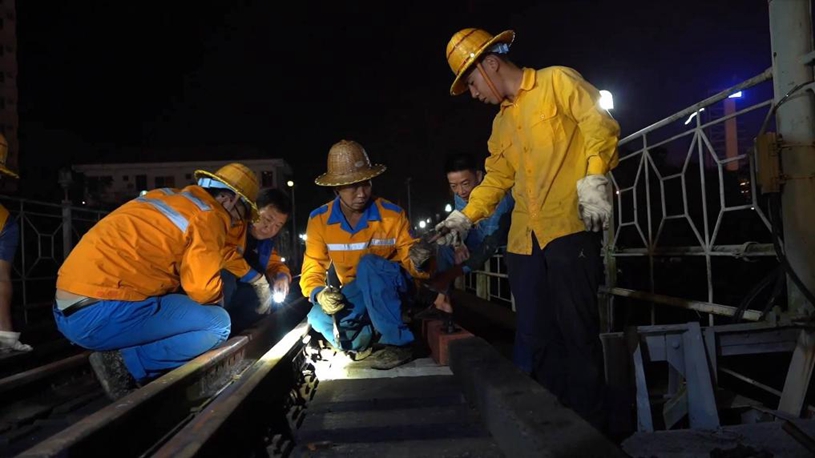BEIJING, Jan. 24 (Xinhua) -- An international team of scientists have released their findings on the pair of destructive earthquakes that hit Türkiye and Syria in February 2023, revealing their rupture process and details of the tremor triggered by it.
As explained in the findings published in the journal Science, earthquake rupture is complex and involves multiple processes, including fault displacement and seismic wave propagation. Understanding the rupture process and how it is triggered is helpful in figuring out the steps involved in an earthquake.
A team led by two researchers of the School of Earth and Space Sciences under Peking University, namely Yue Han and Song Xiaodong, attempted to describe and simulate the circumstances surrounding these two earthquakes, with respective magnitudes of 7.8 and 7.6, that struck a vast area of the two countries and resulted in a significant death toll.
The team, in collaboration with Turkish and U.S. counterparts, used comprehensive data analysis of seismic waves, satellite positioning and radar observations to investigate the rupture process of these earthquakes.
They simulated and reconstructed a three-dimensional rupture model of seismogenic faults and analyzed the rupture speed of various fault segments to help them better understand this pair of quakes.
Seismic waves are vibrations generated by an earthquake and include primary waves and shear waves. The former travels at a higher speed of propagation, while the latter carries more energy, Yue said.
He added that when the fault rupture speed is greater than shear wave velocity, the condition is known as supershear, which can transfer energy further from the faults and produce a more destructive earthquake.
The pair of earthquakes that hit Türkiye and Syria were of similar magnitude, occurred only nine hours apart and were relatively close to each other in terms of location. Seismologists refer to such a scenario as an earthquake doublet.
The research team found that during the 7.8-magnitude earthquake, which occurred first, a supershear rupture with a propagation velocity of 4.2 km per second was initiated on a branch fault, which sent out Mach waves and triggered an initial rupture on a 300-km long major fault.
"This process is like a sonic boom generated by a supersonic aircraft," said Song, who is also a chair professor at Peking University and leads the national key project on big earthquakes.
He added the major fault later showed supershear and subshear ruptures in two directions at a velocity of 4 km per second and just less than 3.2 km per second, respectively. Similarly, the same two kinds of ruptures were also observed during the subsequent 7.6-magnitude quake.
Earthquakes elsewhere in the world mostly occur under the ocean, while those in Türkiye and China mainly occur on land. "We believe these findings will also help us understand China's earthquake problems, and collection and sharing of data is critical for this purpose," said Yue. ■












